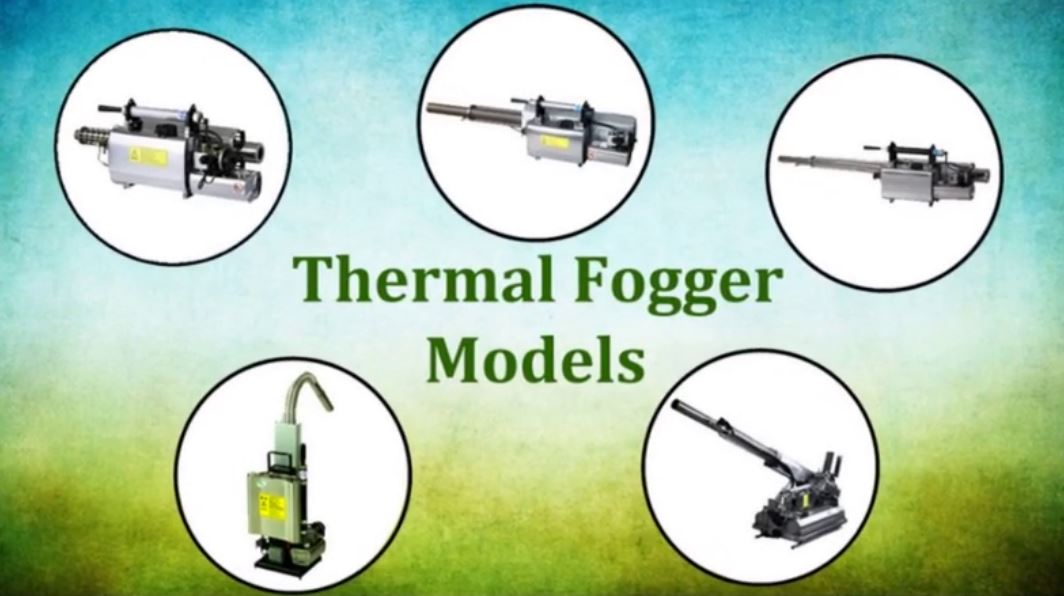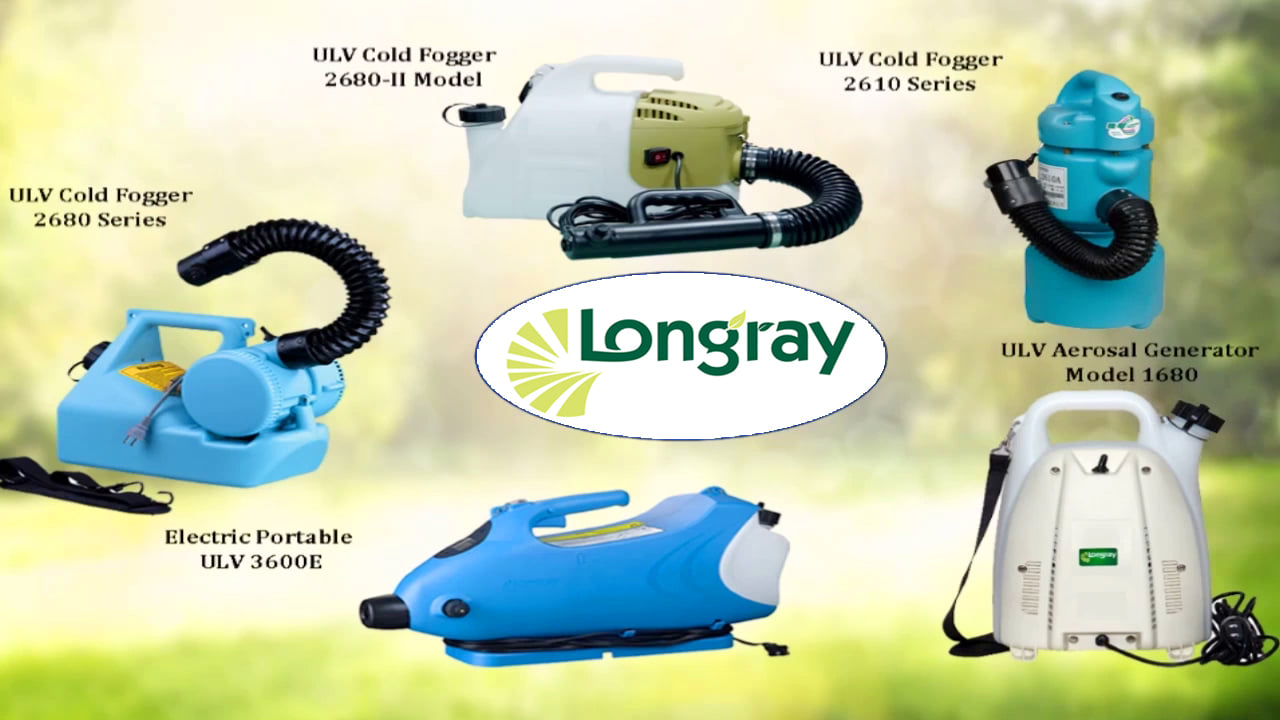Thermal Fogger Vs Cold Fogger : Choosing The Right Tool For Your Needs
When it comes to pest control, disinfection, or even agricultural applications, foggers have become indispensable tools. However, selecting the right type of fogger can be challenging. Two of the most popular options are thermal foggers and cold foggers. Understanding their differences, benefits, and applications can help you make an informed decision.
What is a Thermal Fogger?
Thermal Fogger : use heat to vaporize a fogging solution, creating a dense cloud of fog. This process typically involves a combustion engine or an electric heating element. The fog produced is composed of ultra-fine particles, which can effectively cover large areas quickly.
Advantages of Thermal Foggers :
1. Penetration Power : The fine particles can penetrate hard-to-reach areas, making thermal foggers highly effective for outdoor pest control.
2. Coverage: They can cover large areas in a short amount of time, ideal for agricultural fields or large warehouses.
3. Effectiveness: The dense fog can stay airborne for a longer period, ensuring prolonged exposure to the treatment solution.
Disadvantages of Thermal Foggers :
1. Heat Production: The high temperatures required can be a safety hazard.
2. Fuel Consumption: Many thermal foggers require gasoline or another fuel, making them less environmentally friendly.
3. Noise: The combustion engines in thermal foggers can be quite loud.
What is a Cold Fogger?
Cold Fogger also known as ULV (Ultra Low Volume) foggers, use high air pressure to produce a fine mist without the need for heat. These devices typically operate using electricity, creating droplets that are larger than those produced by thermal foggers but still effective for various applications.
Advantages of Cold Fogger :
1. Safety: Without the need for high temperatures, cold foggers pose less risk of burns or fire hazards.
2. Eco-Friendly: Generally, they have lower energy consumption and do not rely on fossil fuels.
3. Versatility: Cold foggers can be used indoors and outdoors for disinfection, pest control, and odor control.
Disadvantages of Cold Fogger :
1. Particle Size: The larger particles may not penetrate as deeply into cracks and crevices as thermal fogger particles.
2. Coverage Time: It may take longer to cover large areas compared to thermal foggers.
3. Humidity Sensitivity: Cold foggers can be less effective in high-humidity environments where the mist can settle quickly.
Applications: When to Use Each Type
Thermal Fogger are Best Suited for:
- Outdoor pest control, particularly in large open spaces.
- Agricultural applications, such as treating crops and greenhouses.
- Situations requiring deep penetration into hard-to-reach areas.
Cold Fogger excel in:
- Indoor disinfection, such as in hospitals, schools, and offices.
- Odor control in homes, vehicles, and commercial spaces.
- Situations where safety and eco-friendliness are priorities.
Making the Right Choice :
Choosing between a thermal fogger and a cold fogger depends on your specific needs. If you require quick, extensive coverage and deep penetration, a thermal fogger may be the better choice. However, if safety, environmental impact, and versatility are more important, a cold fogger is likely the right tool for the job.
Conclusion :
Both thermal and cold foggers offer unique advantages and are effective in different scenarios. By understanding their strengths and limitations, you can select the most suitable fogger for your application, ensuring efficient and effective results. Whether you are tackling a pest problem, disinfecting a space, or managing agricultural needs, the right fogger can make all the difference.

.jpg)


